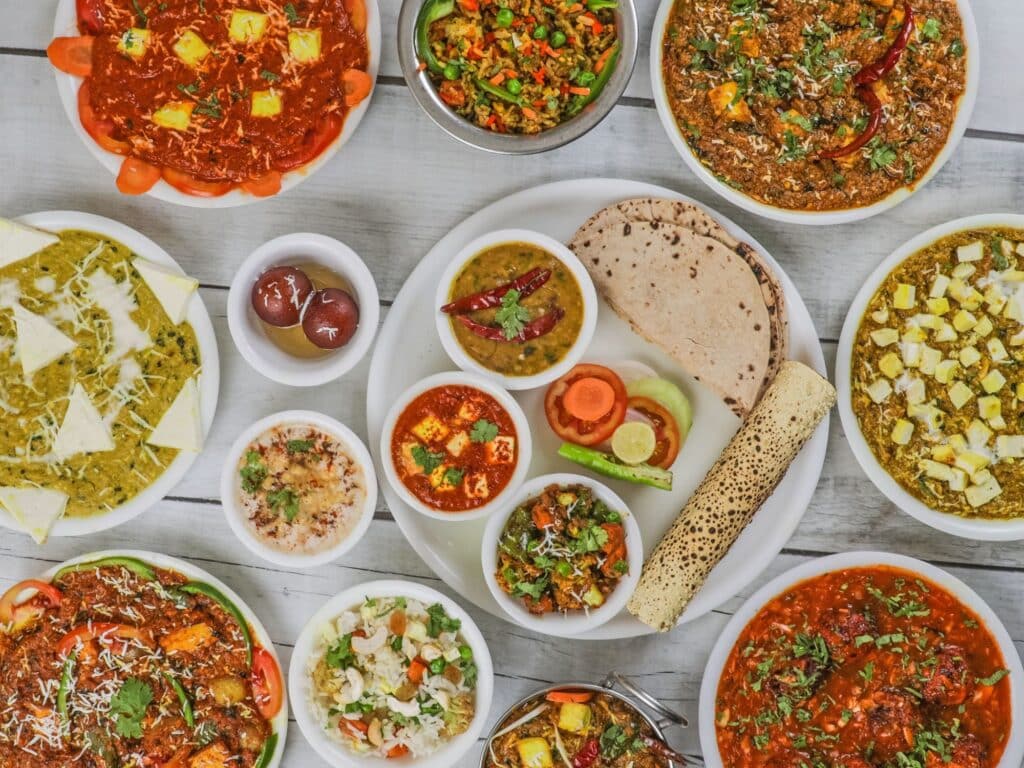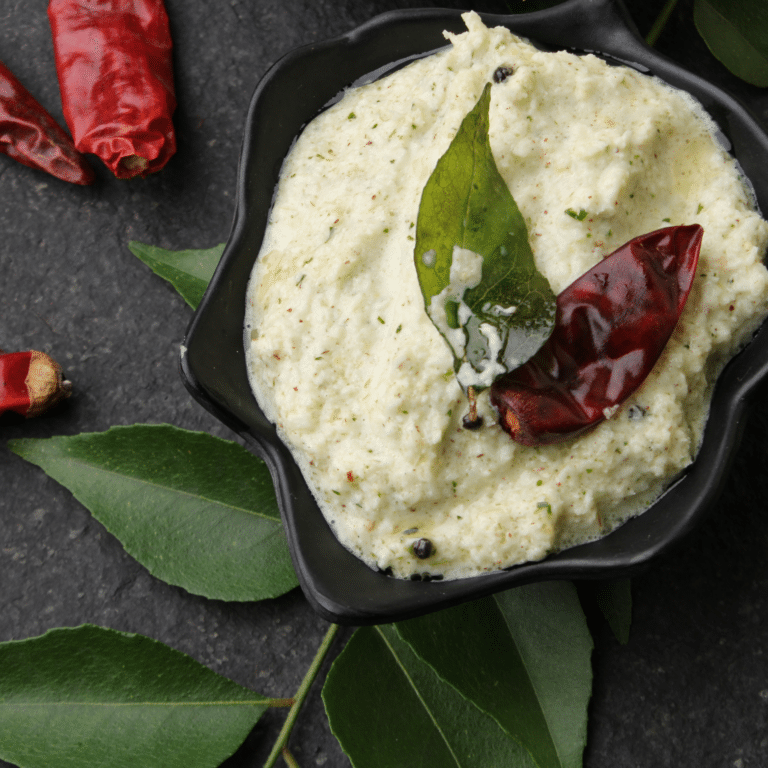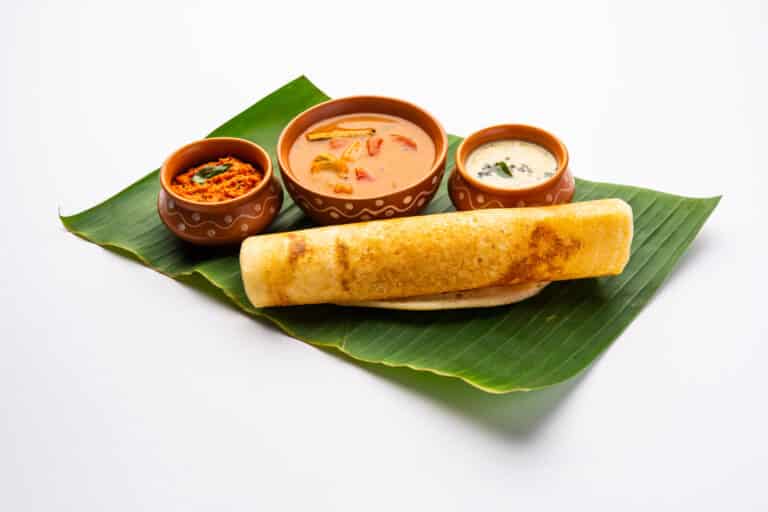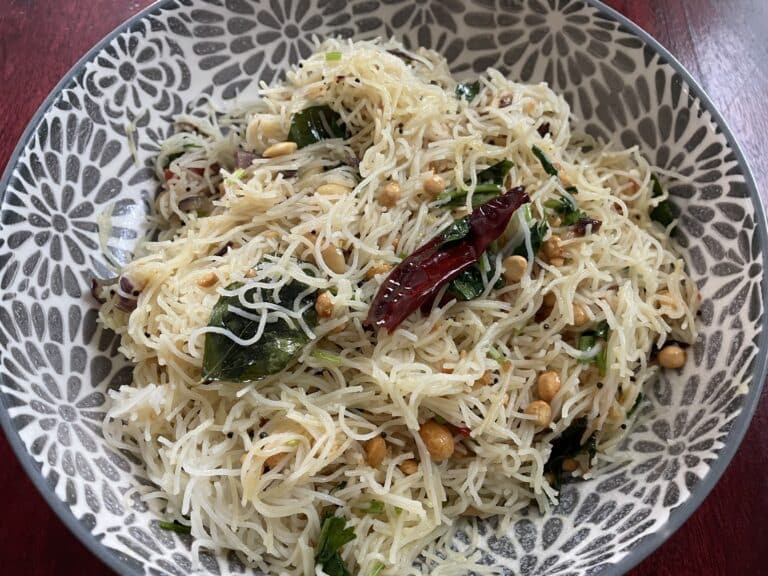If you’ve ever paused mid-bite to wonder what gives Indian food its unmistakable depth—that warming complexity that lingers long after the last spoonful—chances are, garam masala had something to do with it.
Today, I’m sharing a recipe that’s deeply personal. It’s more than a list of spices—it’s a legacy shaped over generations. This is the garam masala I learned by watching my mother, aunties, and grandmother, often from the kitchen doorway, quietly absorbing the rhythm of their cooking. It’s a blend that carries the precision of my father’s discerning palate and his uncanny ability to elevate ingredients without ever writing anything down.
A Quiet Education in Spice Blending
Our kitchen growing up wasn’t fancy, but it was precise. There were rules, mostly unspoken. Coriander came from a trusted vendor who aged it just enough. Mace had to be fragrant, not brittle. You learned these things not from lectures, but from observation—and occasional correction, delivered with a glance that needed no translation.
My father, the spice sleuth, took his role seriously. He sourced ingredients with the same attention to detail you’d expect from a jeweler appraising gemstones. He’d bring home the freshest bay leaves, the boldest peppercorns, and a quiet satisfaction in having found “the good stuff.”
It’s that level of care that shaped this family garam masala—a recipe honed through collaboration, trial and error, and a shared respect for doing things right.
Our Family Garam Masala Recipe
Every family has their version of garam masala. This one’s ours. It leans into earthy, aromatic warmth, with just enough edge to keep things interesting.
Ingredients:
- 1 cup coriander seeds
- 3 tsp white cumin seeds
- 1 tsp black cumin seeds
- 2–3 black cardamoms
- 1 medium piece stone flower
- 2 tbsp black peppercorns
- 2 inch cinnamon stick
- 8 green cardamom pods
- 8 cloves
- 1 star anise
- 2 mace blades
- 2 medium bay leaves
- 3 kashmiri red chilies
- 1/2 inch nutmeg (whole)
- 2 tsp fennel seeds
Method:
- In a dry pan, toast the coriander seeds gently until aromatic. Don’t let them brown.
- Repeat with the white and black cumin seeds. Set aside.
- Add the remaining spices—chili, cardamom, pepper, and friends—and toast them on low heat just until fragrant. Think 70% done, not fully roasted.
- Let everything cool completely.
- Grind into a fine powder and store in a clean, airtight glass jar, somewhere dark and cool.
A Note on Technique:
Don’t over-roast. The goal is to coax out essential oils, not incinerate them. You want your spices to open up—not give up.
How We Use It

This isn’t the kind of masala you toss in at the beginning of cooking. It’s your closer—the thing you stir in at the end that ties it all together. Use it in:
- Dal
- Paneer dishes
- Stews and braises
- Rice-based dishes like biryani
- Even roasted vegetables (trust me)
Why This Matters
This blend represents more than taste. It’s a conversation that spans generations. Aunts adjusting ratios by feel. My father blending small batches and evaluating the result with a seriousness usually reserved for fine wine. My mother teaching me to trust my nose before my notes.
This isn’t just a recipe—it’s the shorthand of a culinary lineage. And I’m honored to pass it along to anyone who wants to bring a bit of that care into their own kitchen.
Have your own garam masala method? Or memories of learning spices the slow way? I’d love to hear your stories. Leave a comment below or email me. Sharing these traditions is how we keep them alive.
Warm regards,
Daljeet
Explore more handcrafted blends and Indian spice essentials at savorysadhana.com
Coming Soon: Savory Sadhana Garam Masala Blend We’re excited to launch our own handcrafted version of this heirloom blend—made in small batches, with uncompromising quality, just like home. Only available for in-person pickup in the Twin Cities, Minneapolis. Stay tuned!






